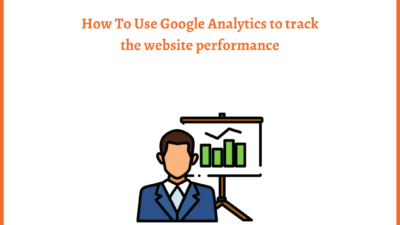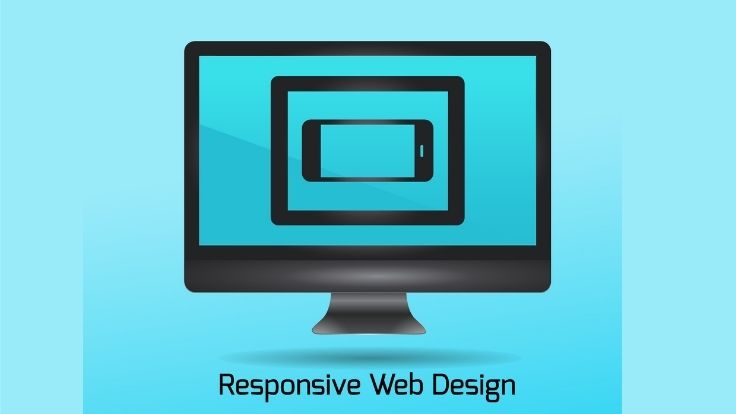Google Analytics is a powerful tool for tracking and analyzing website performance. It provides detailed insights into user behavior, traffic sources, and conversion rates, among other metrics. While it can be intimidating for beginners, with a little guidance, anyone can learn to use it effectively.
In this beginner’s guide, we’ll cover the basics of Google Analytics and how to use it to track your website’s performance.
Setting up Google Analytics
The first step is to create a Google Analytics account and add your website to it. To do so, go to the Google Analytics website and create an account. Once you’ve created an account, you’ll need to add your website by creating a new property.
To do this, go to the Admin section of your Google Analytics account and select “Create Property.” You’ll then be asked to provide information about your website, such as the URL and industry category. Once you’ve provided this information, you’ll be given a tracking code to add to your website.
The tracking code is a small piece of code that you’ll need to add to your website’s HTML code. This code allows Google Analytics to track user behavior on your website.
Understanding Google Analytics Metrics
Once you’ve set up Google Analytics, the next step is to understand the various metrics it tracks. The following are some of the most crucial metrics to monitor:
Sessions: This is the number of visits to your website within a specified period.
Users: This is the number of unique visitors to your website within a specified period.
Pageviews: This is the total number of pages viewed on your website within a specified period.
Bounce rate: The percentage of website visitors who leave after only viewing one page.
Average session duration: This is the average amount of time users spend on your website per session.
Conversion rate: This is the percentage of users who complete a desired action on your website, such as making a purchase or filling out a form.
Analyzing User Behavior
One of the most valuable aspects of Google Analytics is its ability to track user behavior on your website. By analyzing this data, you can gain insights into how users interact with your website and identify areas for improvement.
Here are some of the key user behavior metrics to track:
Traffic sources: This shows where your website traffic is coming from, such as organic search, social media, or referral links.
Pages per session: This shows how many pages users view on your website during each session.
Exit pages: This shows which page users are most likely to leave your website from.
Behavior flow: This shows the path users take through your website, from the landing page to the exit page.
Tracking Conversions
One of the most important metrics to track in Google Analytics is conversions. A conversion is any desired action that a user takes on your website, such as making a purchase or filling out a form. By tracking conversions, you can determine which pages and campaigns are most effective at driving user engagement.
To set up conversion tracking in Google Analytics, you’ll need to create a goal. A goal is a specific action that you want users to take on your website, such as making a purchase or filling out a form. Once you’ve set up a goal, Google Analytics will track how many users complete that goal and provide insights into which pages and campaigns are driving conversions
Using Google Analytics Reports
Google Analytics provides a wide range of reports that can help you gain insights into your website’s performance. Here are some of the most useful reports to keep an eye on:
Audience Overview: This report provides an overview of your website traffic, including the number of sessions, users, and pageviews.
Acquisition Overview: This report shows where your website traffic is coming from.








 n average person spends more than 5 hours on their smartphone which means having a mobile responsive site is a must! People need information as fast as possible and smartphones are the devices that are very much convenient to use.
n average person spends more than 5 hours on their smartphone which means having a mobile responsive site is a must! People need information as fast as possible and smartphones are the devices that are very much convenient to use.